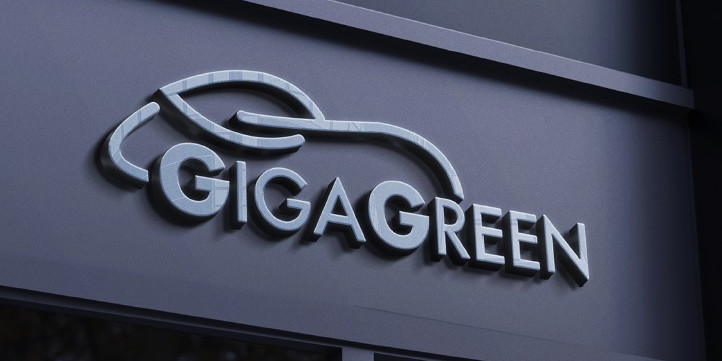Gigagreen consortium designs future battery cell factories
The recently launched EU project Gigagreen aims to develop sustainable processes for the production of lithium-ion battery cells for electric vehicles. 16 partners from eight European countries are working on creating the “gigafactory of the future” as part of the project.
The Gigagreen consortium will work together for four years, during which time it will receive almost 4.7 million euros in EU funding. The partners’ focus is on the production processes for cell and electrode components – these are to be further developed using the so-called Design for Manufacturing (DtM) approach, among other things. DtM stands for an approach in which design is strictly subordinated to manufacturing restrictions.
Gigagreen also strives for minimal environmental impact and the lowest possible energy consumption. The dismantling and recycling of cell and electrode components should also be considered from the outset. These demands are paired with profitability, safety, digitalisation and high-tech goals. Future gigafactories should, of course, also be easy to scale and automate.
“In short, GIGAGREEN will be a turning point for the EU cell manufacturing industry, as its results will contribute to a smooth transition between current processing methods: manual, siled, trial and error and inflexible,” says the statement accompanying the project launch. The results are expected to be rapidly applied in practice from 2026 – initially considering wet coating processes, but also laying the groundwork for dry coating processes.
Gigagreen’s consortium leader is the Polytechnic University of Turin, other players are ABEE, Solvionic, Leclanche, Nanomakers, the University of Parma, the Polytechnic University of Valencia, Sintef, Inegi Porto, CIC energiGUNE, Arlanxeo, Alphanov, Manz Italy, Sustainable Innovations, the Cetim Technological Center and Johnson Matthey.
According to the communication published by Sustainable Innovations, the total European cell production capacity currently amounts to 26 GWh and is expected to increase to 500 GWh by 2029, including all announced public-private and purely private projects. This would give Europe a market share of 19 per cent, compared to 6 per cent today.


0 Comments